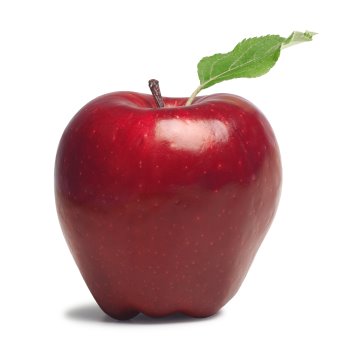The date palm and its fruit have been on the earth for more than 50,000 years! Dates grow on giant date palm trees in warm, dry places...that's why they are called a desert fruit. The first dates came from India, but today they are also found in the Middle East & Africa. And in the United States, they are grown in Arizona and California.
Dates are usually picked when they are hard and green, then they are ripened off the tree (similar to bananas). When ripe, most dates are dried, since food that is dried keeps for a long time. When shopping, choose dates that are soft and plump with smooth, shiny skin. Keep them in a closed container in a cool, dry place or in the fridge.
Dates were first introduced to America in 1890 by the United States Department of Agriculture. Date trees are either male or female, and both are necessary for the plant to pollinate. Every spring, pollen is gathered from the male trees and under carefully controlled conditions, and under carefully controlled conditions, used to pollinate the flower clusters of the female trees. It then takes seven months for the crop to be produced! Harvesting starts in September and goes through December, because the dates to not ripen all at once.
Dates are an excellent source of potassium and dietary fiber. Plus, they provide calcium, iron and phosphorus as well as important B vitamins. A medium-sized California date contains only 24 calroies, but don't eat too many because they are very sweet. For more fun information and kids' activities about dates, download this California Dates for Kids brochure.
Have you (and your kids) tried dates lately? Three or four dates fit perfectly into your lunchbox as a dessert or snack. Or, try some of these great date recipes.
Postscriptum
3 months ago














